Culinary dream a reality with fine wine in Monte Carlo
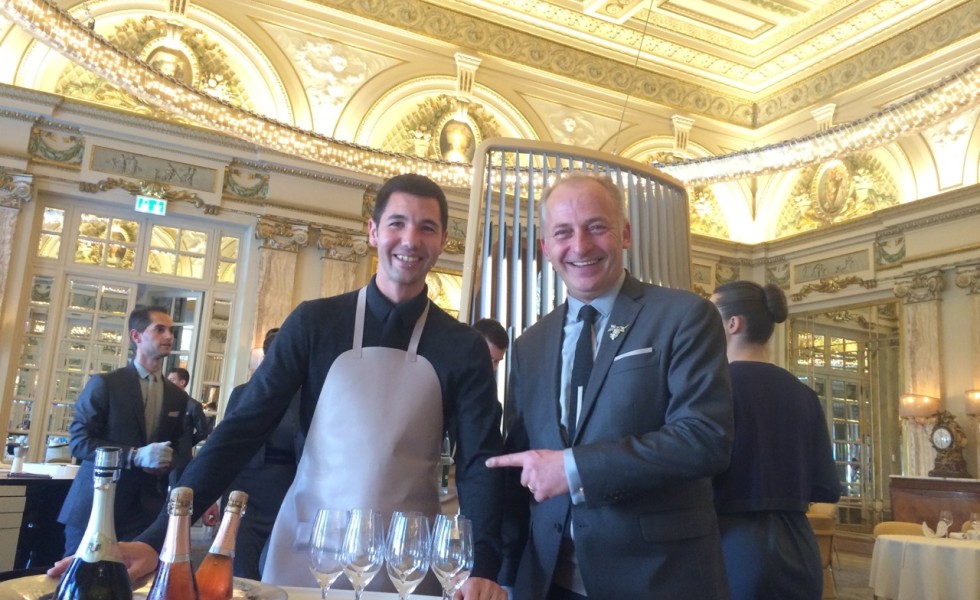
How I ended up at Alain Ducasse Hotel de Paris Louis XV, saw many of its 250,000 bottles and entered culinary paradise
By Panos Kakaviatos for wine-chronicles.com
23 May 2015
Happiness is a great meal. Heaven is an extraordinary meal.
In April 2015, I co-hosted a master class of cru bourgeois Bordeaux, for the first annual Rivini Wine Festival in Ventimiglia, with François Nony, of the fine estate Caronne Sainte Gemme and vice president of the Cru Bourgeois Alliance.
Nony kindly invited me to dinner at the excellent Hanbury Ristorante in Ventimiglia. We enjoyed fresh seafood simply seasoned with olive oil, fresh lemon, sea salt and pepper. An essential food axiom: keep ingredients simple and fresh. Too much sauce could mean that the chef is trying to hide something. It was a great meal.
The next day, I invited Nony to lunch at the Villa Eva Beach Hotel, where the festival was taking place. We did not have much time as the master class was to take place within one hour, but the chef fixed up a delectable dish of irresistible tender grilled octopus with pasta.
Such meals are more than enough to satisfy discerning palates.
But what about the exceptional ?
I have been to some top Michelin-rated restaurants over the years and while the food is often nothing short of superb, they can exude an overly stuffy ambiance that I find off putting, no matter how fine the cuisine.
My experience in Monte Carlo at the Louis XV in April of 2015 however falls into the realm of culinary heaven.
How did I find myself in the 1,500-square meter labyrinthine space that holds over 250,000 bottles at the famous Louis XV restaurant? And then, how did I end up enjoying a three-hour lunch after that visit?
It all started over dinner at Château Haut Brion, held for representatives and sommeliers of Alain Ducasse restaurants around the world. Thanks to Washington D.C.-based friend and wine merchant Mark Wessels, I was invited in April 2015 to the first growth, with the great pleasure of being seated next to Caroline Siri who works for Alain Ducasse in Paris. When I told her about the cru bourgeois master class that I was to host later that month, she invited me to the cellars there – and suggested a lunch invitation as well. Let me think about it, LOL.
When I drove to Monte Carlo, I was struck by ugly architecture. The image one may have of the place – of lifestyles of the rich and famous – is somewhat dampened by the concrete post-World War II constructions dotting the otherwise gorgeous landscape. Thank goodness there are bright spots, and Louis XV is as gorgeous from the outside as it is from the inside.
Master sommelier Noël Bajor waited for me at the entrance of the hotel restaurant at 11 am. He has been there since 1996. His grandparents left Poland just before the start of World War II. Bajor has a vast knowledge of wine, as he visits many wine regions on a regular basis to taste with his team, and then tastes the wines again at the restaurant before ordering any. At once affable and debonair, he exudes a professional manner with “Old World” elegance and charm.
Managing such a large cellar is a huge job, with two tasting rooms: one for special guests and another one for staff.
As Bajor explained: “It is one thing to visit domains and get excited about the wines there, and quite another to serve the wines with confidence at the restaurant.”
Indeed, he never purchases spontaneously, preferring to have samples re-sent when possible to the hotel so that he and staff can taste again. Wine producers travel to the hotel to hold consultations over purchases.
Wine & War
“We only buy Bordeaux en primeur,” Bajor said. And the menu features many older vintages – properly aged to match the fine cuisine. Over the years the restaurant has purchased fantastic Burgundy, Rhone Valley, Alsace and Champagne wines, as well as non-French wines from regions around the world. But Bordeaux is the mainstay – with treasures like 1961 Latour, 1964 Ducru Beaucaillou, and multiple recent vintages of such rare Right Bank wines as Petrus and Le Pin.
One of the best parts was an entranceway that was once blocked by a stack of empty bottles, piled up by the cellar master during World War II. I read about that in the engrossing book Wine & War, but here we were staring in situ that very gateway that once hid from the Nazis such treasures as Château d’Yquem 1890, Château Margaux 1920, Château La Conseillante 1928, 3-litre jeroboams of Château La Mission Haut Brion 1920 and Château Lafite Rothschild 1937. Among others.
Indeed, ten years after the hotel was opened (in 1864), its underground cellar was built – and it became known as a Bordeaux mecca. The wine cellars were dug out of the rock behind the hotel on the model of the grand cellars of Bordeaux.
Enter Alain Ducasse
Prince Rainier III asked then 30-year old Alain Ducasse to be restaurant chef in 1987. By 1990, Louis XV became the first hotel restaurant in France to obtain the coveted 3-star Michelin rating. So here I was, a full 15 years later, to enjoy thorough 3-star treatment but – unlike other Michelin rated restaurants I have visited – this one was far more “casually elegant” with easy going, yet thoroughly professional and attentive staff.
No stiff waiters or stuck up reactions to questions. Indeed, the lunch day was not super busy, so staff were able to take extra time with tables, from a duo of Japanese ladies who wanted their pictures taken to a well-to-do young husband and wife with their recently born baby, along with the grandmother.
Culinary heaven
After seeing the great bottles in the massive cellar, I began a three-hour journey into a magical world of art and food.
High-end restaurants go out of their way to ensure that every detail is covered: from fine tableware to attentive service. Few however are able to satisfy such attention to these details seamlessly.
I had such an experience at La Mirande some 10 years ago in Avignon, where the service was top notch yet only nimbly noticed.
At Louis XV, it was more an affable affair with each staff member amenable to questions and able to reply – knowing the response for example to who supplied elegant knives at the table or where the restaurant sourced its vegetables.
Indeed, Louis XV works with local producers recognized as top in their field. It works with a mollusk fisherman to source its seafood. A vegetable grower works specifically for the restaurant to ensure only the very best quality veggies.
Take their lightly flavored truffle bread as yet another example, made from wheat cultivated in a truffle field in nearby Cahors. I could just barely get the truffle note. Too often, restaurants serve truffle-based foods whereby the truffle aspect overwhelms, destroying balance. Not here. Along with the bread, came semi-salted butter and late harvest olive oil, both very tasty, so I alternated between both.
Screw carbon free diets, I thought.
The setting was at once artistic and functional, with lovely salt and pepper containers designed by Aldo Bekker or elegant resin coating for the knives by Tina Frey. The pepper from Malaysia called “Sarawak” by the way is milled at the last minute to maintain freshness of flavor.
The comprehensive wine list including many vintages of Provence wines, in addition to great Bordeaux reaching back to the 1940s. I was very impressed by the other regions represented. As a fan of Bandol, it was great to see scores of vintages of both Pibarnon and Château Simone.
Things started on a high note with house Champagne from a magnum vintage bottle. Properly aged but fresh, especially from the magnum format, the Cuvée S.A.S Albert II Lanson Brut 1989 was utterly delicious and I kept sipping it almost throughout the meal.
Chef Dominique Lory works with Alain Ducasse on all dishes. Ducasse named him chef de cuisine there in 2011, but Lory has worked for 18 years in the industry.
Lunch began with an amuse bouche of small handcrafted pasta stuffed with ricotta and spinach, with high quality olive oil – a specialty of the region called Barbajan.
Then came a work of culinary art I had never seen before: a thin crust of bread baked with vegetables, which looked more like a flowery sculpture than something edible. It was delicious, light and fresh, but I felt like I broke a work of art rather than breaking bread.
A waiter then placed a small dome on my table, which, uncovered, turned out to be full of incredibly hot-from-steam wet stones upon which bits of tuna, mackerel and calamari awaited, vapor cooked. They were raw before, but marinated with juniper and citrus, then quickly cooked by vapor, in a few seconds! Just amazing: right before my eyes. I sipped on a tasty Leur Rosé de Saignée Brut Champagne with the dish and kept sipping it for the next serving of shellfish with chickpeas – cooked and then cooled – enveloped in an emulsion of lemon and huîtres à la volée, with blue flower bits (Bourrache).
But the beautiful texture of clam and chickpea pois chiche, flavored with fresh mint leaf and citron, paired even better with a wonderful Château de Pibarnon 2013 white, made by talented winemaker Eric de Saint Victoire in Bandol. The wine’s iodine freshness and creamy texture matched the food perfectly, as it had a touch of garrigue herb on the palate.
The wine’s rather rich texture was balanced by medium acidity. Bajor said that 2013 was a more solar year as opposed to 2014. Interesting!
We were far from done…
Then came two gorgeous and vividly flavored green asparagus with a velouté and Brebis cheese… along with roasted lemon and zests of lemon. The wine proved a hard choice for the sommelier but Bajor knows his stuff, so a more ample Fleur de Crussol Saint Peray (100% Marsanne) near Cornas was able to at least offset the strong flavors of asparagus.
For the next dish, Gérard Margeon – Bajor’s right hand man who is set to become chef sommelier once Bajor retires – served a lovely Domaine Jean-Marc Morey Chassagne Montrachet 2012: a medium-bodied wine, with a buttery aspect and creamy texture leading to a medium finish.
It matched well a perfect sea bass with cumquat, marinated in olive oil with a beet juice puree – dubbed vin de betterave – that provided natural acidity for zing to balance the wine’s creamier texture.
Then came a gorgeous Pintade de Tourain – precise gamey flavors, tender texture and succulent flavors with gravy jus, morels from the Southwest of France, petits pois, and potatoes stuffed with foie gras and giblets.
Need I say more? Absolutely.
Bajor proposed two reds available that day by the glass. One, the Jacques Prieur Beaune-Greves 2009, at 14% alcohol, was overly dominated by oak, but the Haut Marbuzet Saint Estephe 2004 (an excellent cru bourgeois, by the way) closer to 13% was far better integrated and utterly delicious.
Of course fine dining is not complete without a copious cheese board from which I chose Moelleux du Revard, Camembert and Tome de Brebis. They all went well with the white Burgundy but I also enjoyed returning to the 1989 Champagne!
As for desserts and pastries, I am not a great fan of rhubarb, but Sandro Micheli made me love it. He carefully chooses ingredients grown near the Riviera, from raspberries in nearby Menton to hazelnuts from the Piedmont. His delectable rhubarb based treat was as aesthetically pleasing as it was for the digestive senses – see photo above – complete with a Sauternes-vanilla and rhubarb based ice cream integrating unctuous textures with more substantial ones: a chef d’oeuvre indeed.
Micheli provided other pleasing textural contrasts, including a sablé aux noisettes by which a crackling feel is balanced by a savory biscuit accompanied by lemon cream. Other délices for the “end game” included a homemade chestnut/hazelnut crisp thin biscuit and confit of entire Clémentine orange, lemon cello and cumquat and creamy lemon yuzu sorbet.
And what better sign of superb cuisine than the coffee?
The filter coffee at Louis XV comes from Laos, and then it is roasted in Monte Carlo, to yield a smooth and creamy texture with savory flavor. Attention to details counts. The beans, ground daily, prevent oxidation. And staff use water for the coffee with a specific pH to augment smoothness. Accompanying praline, Tonka and dark chocolates were delectable.
This lunch, with great respect for artisanal table wear in a gorgeous setting, impeccable service and artistically prepared food would have cost me about 250 euro.
I will gladly pay to repeat the experience with a special someone for a special occasion – and you should too.
Life really is too short to deprive our selves from such culinary pleasures.
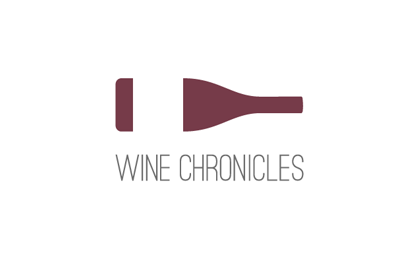 Wine Chronicles
Wine Chronicles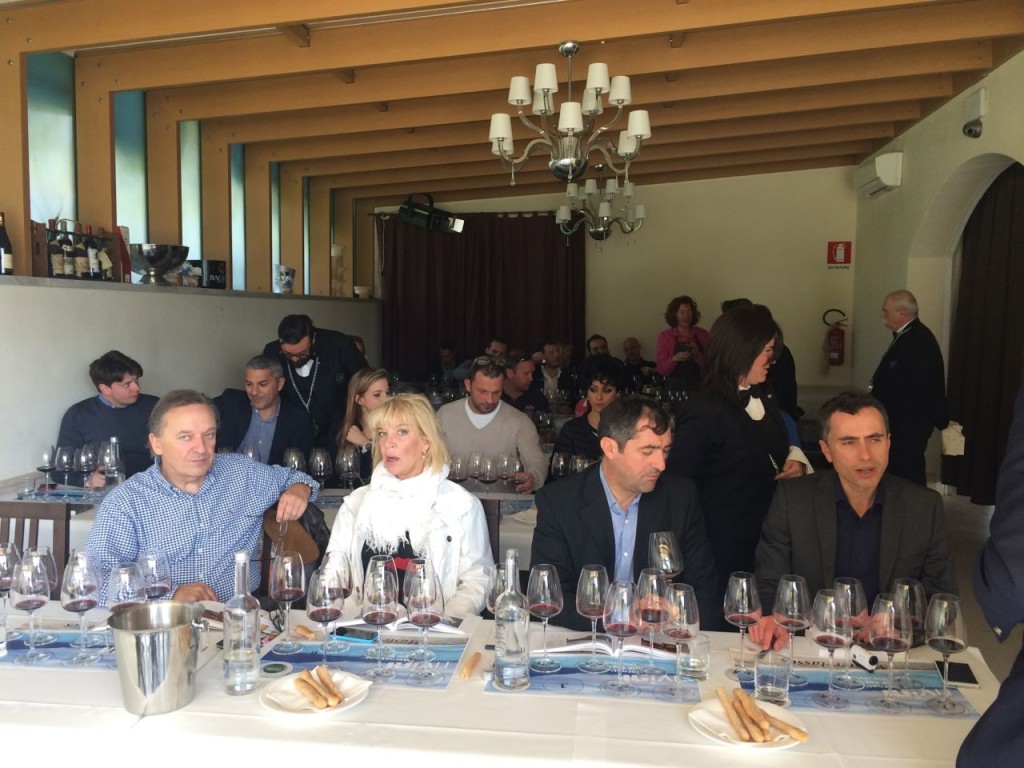
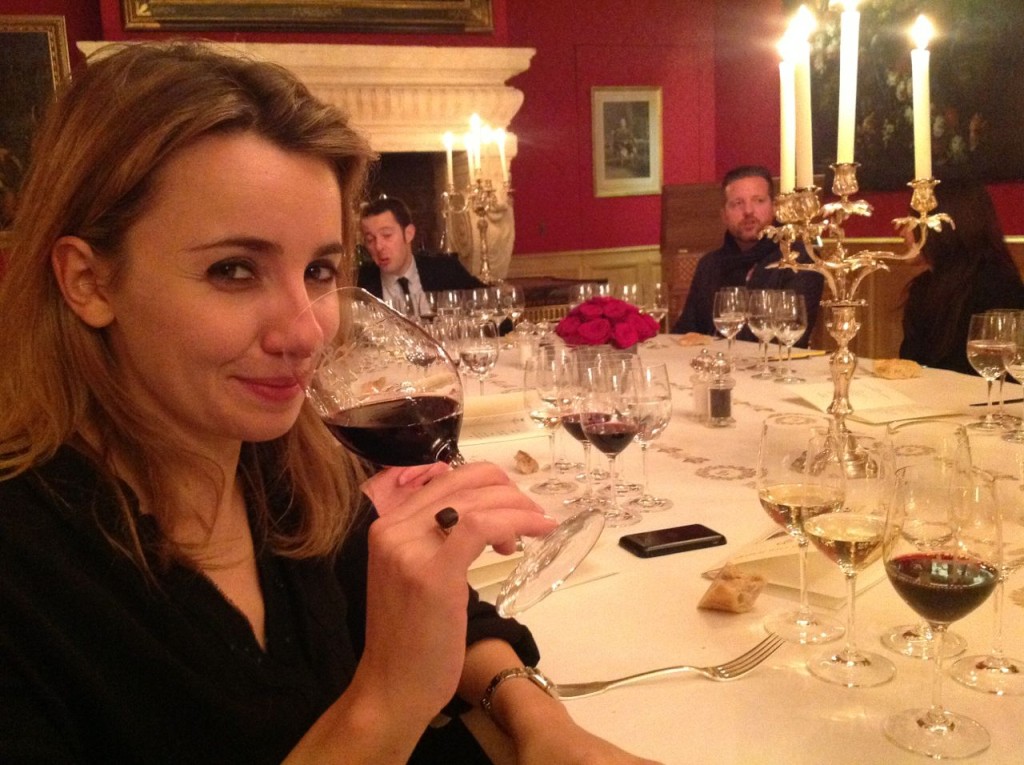
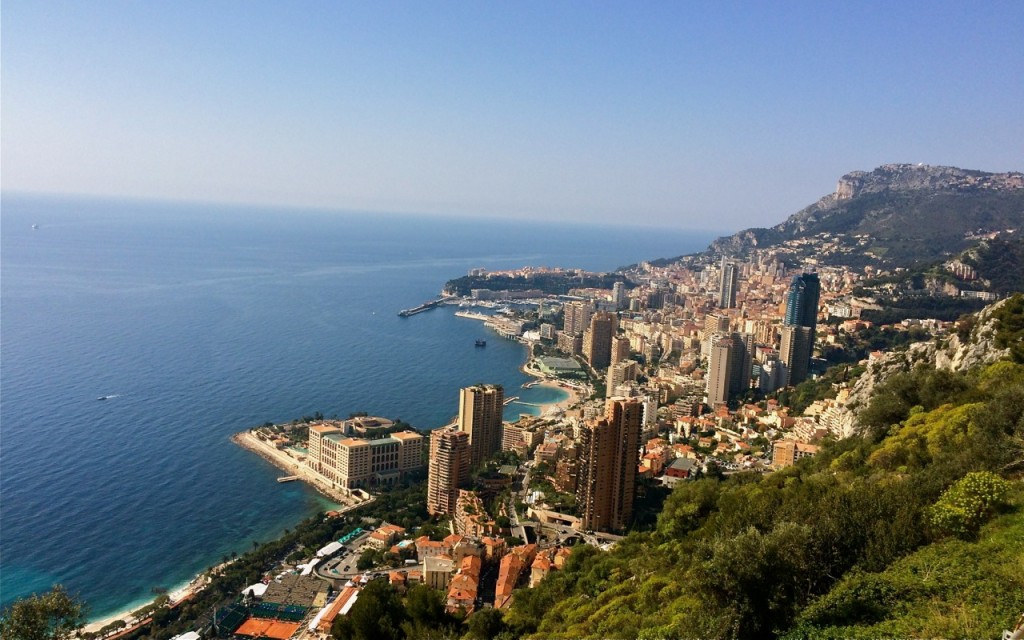
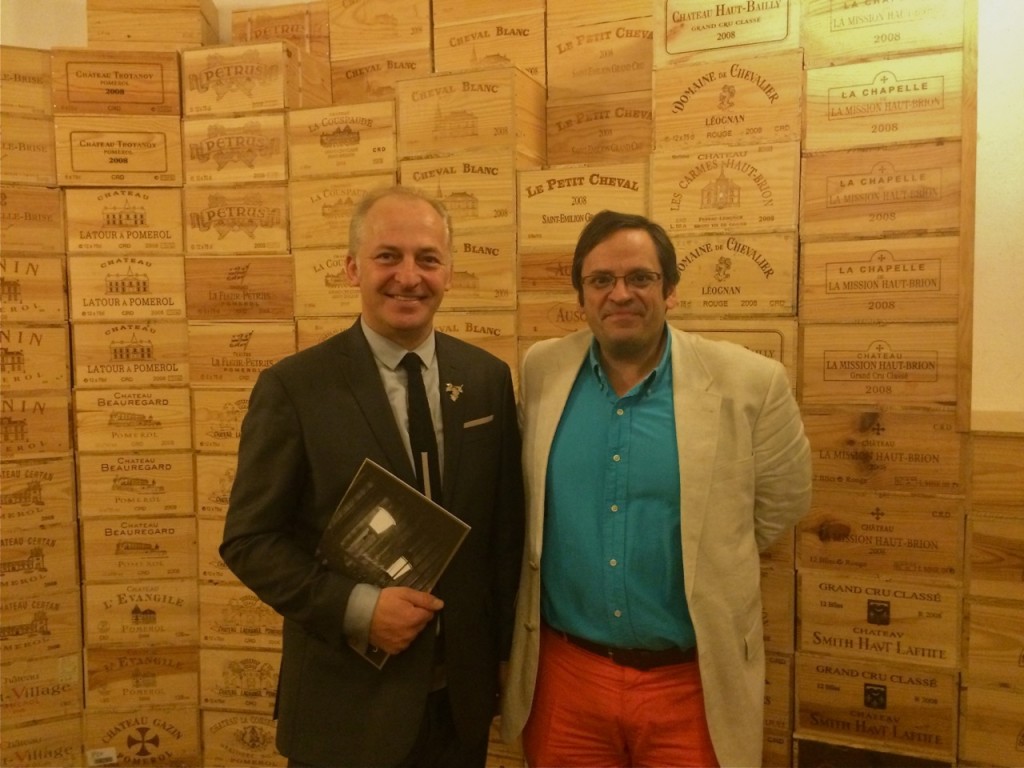
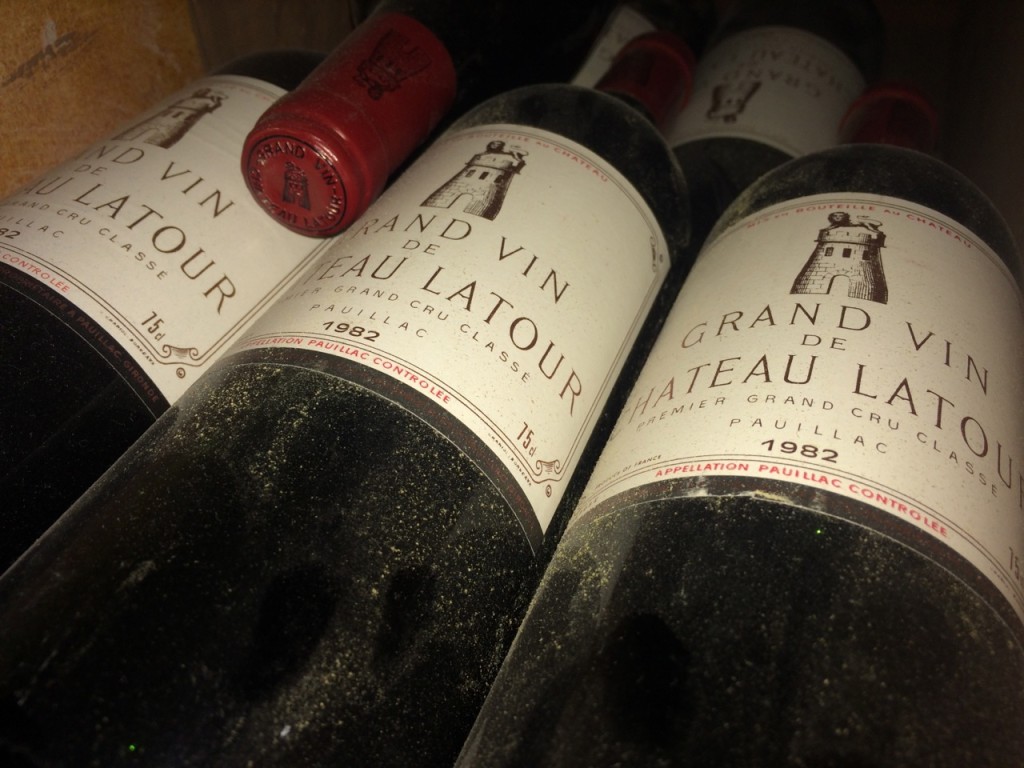
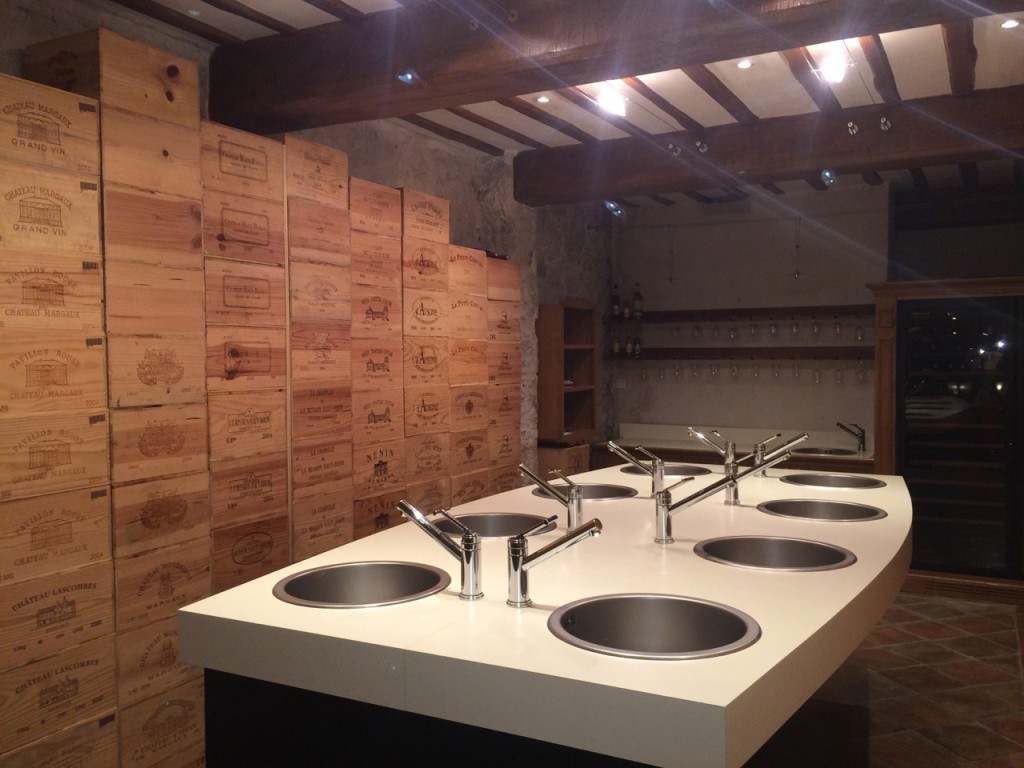
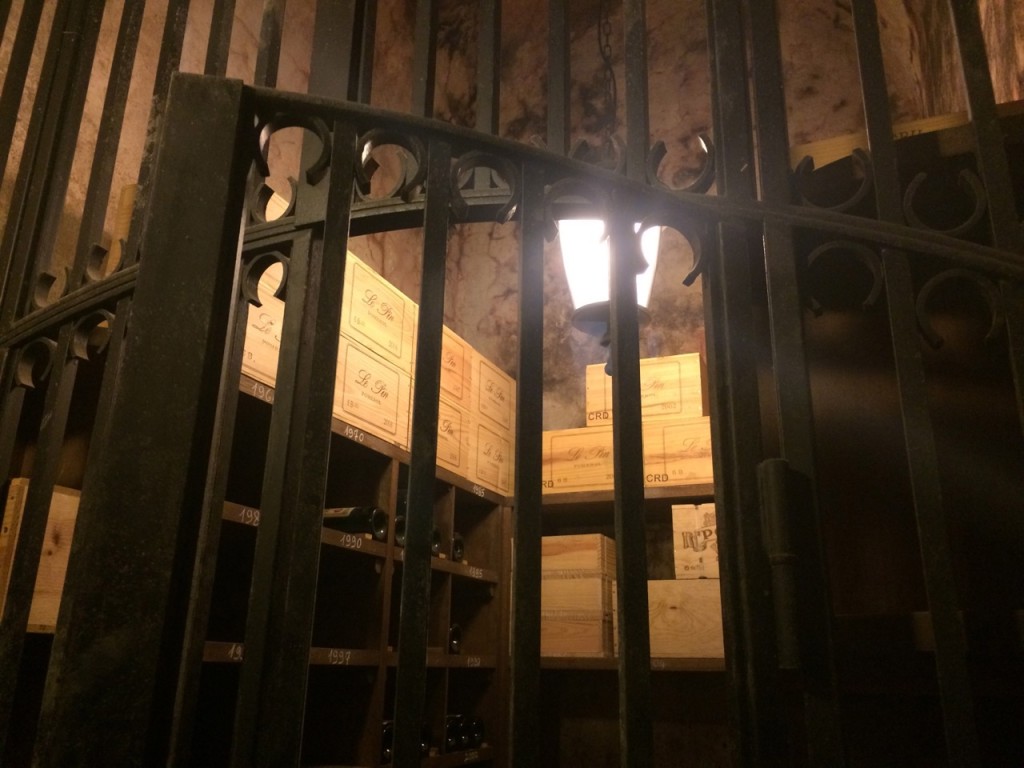

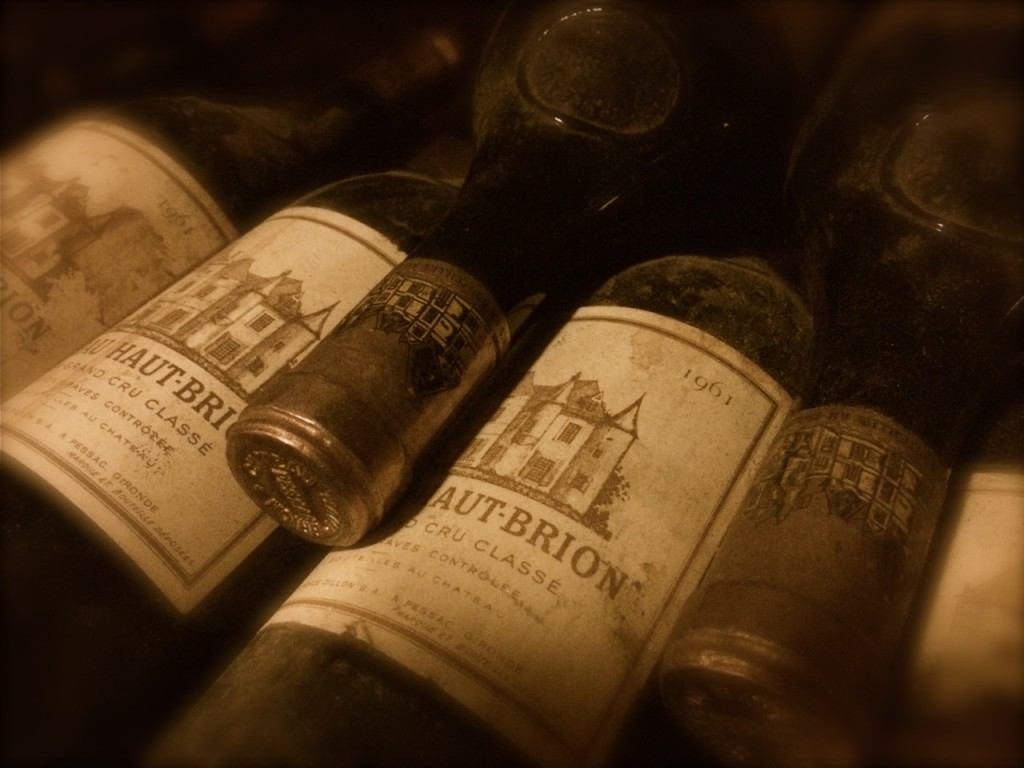
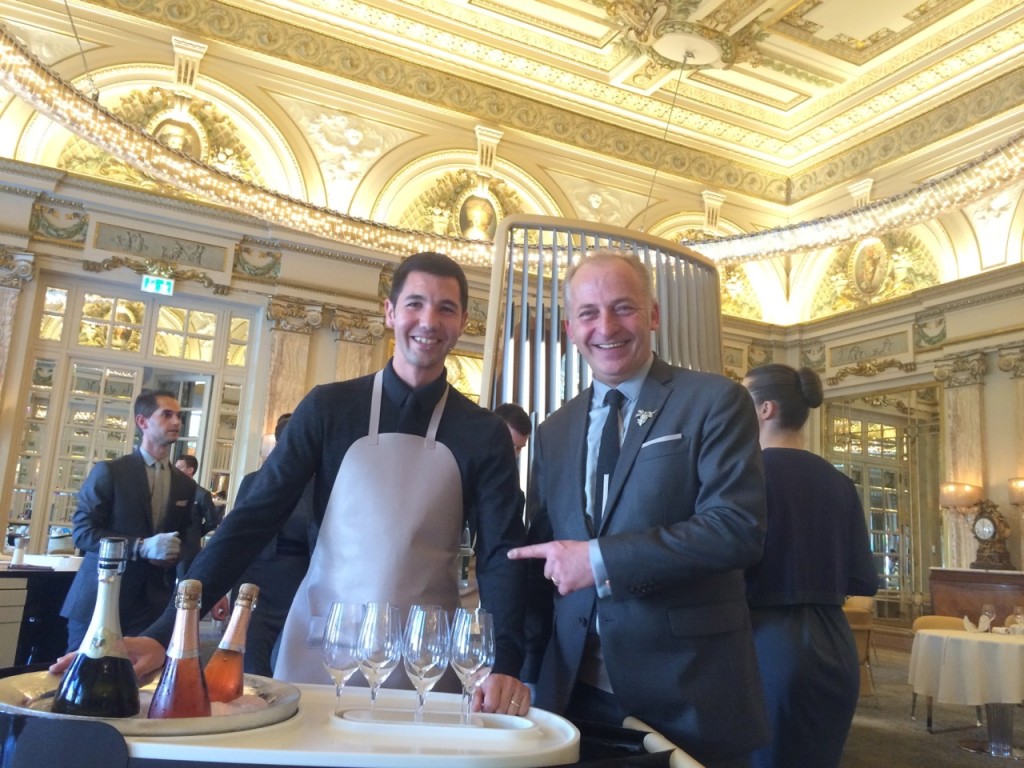
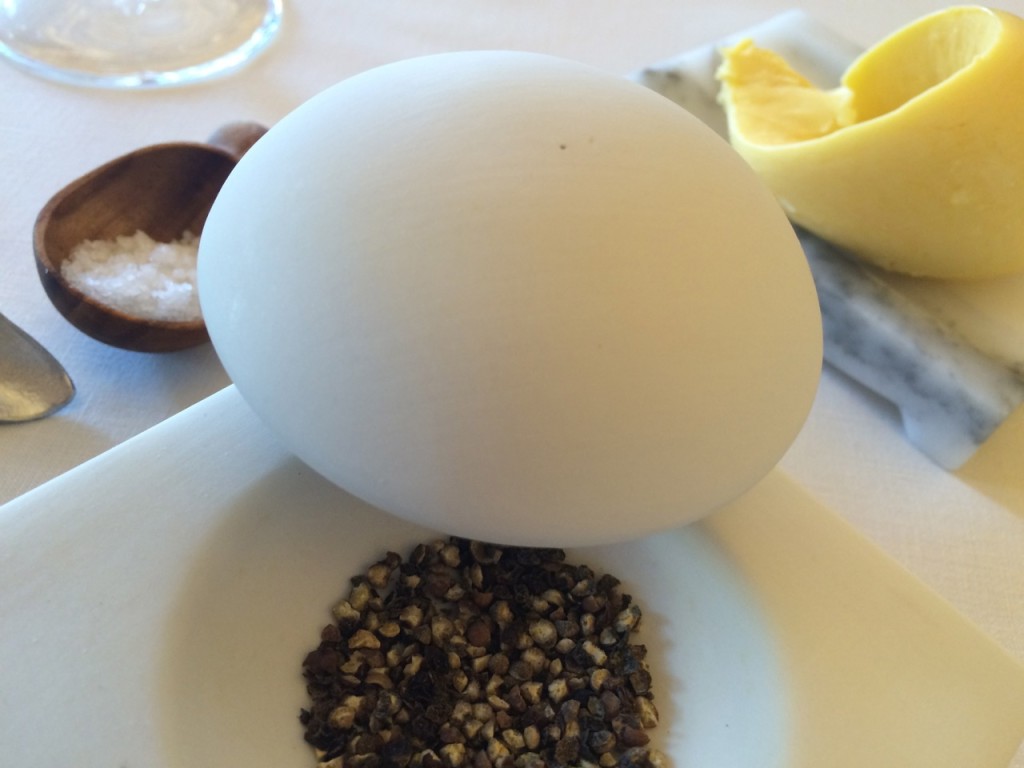
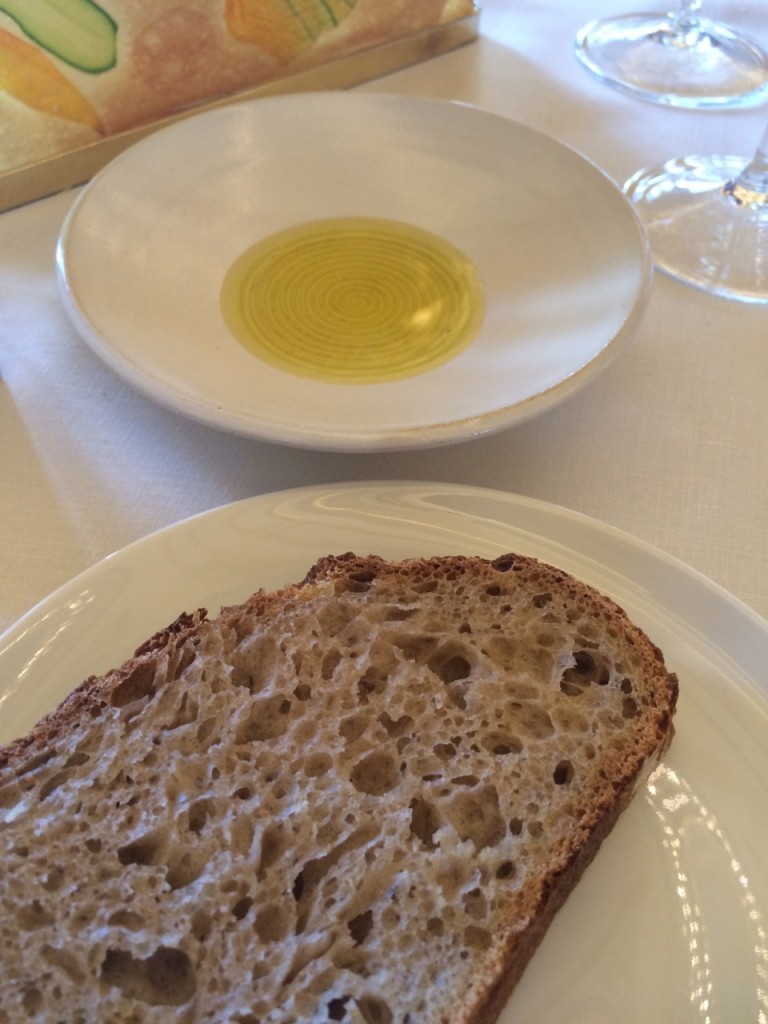
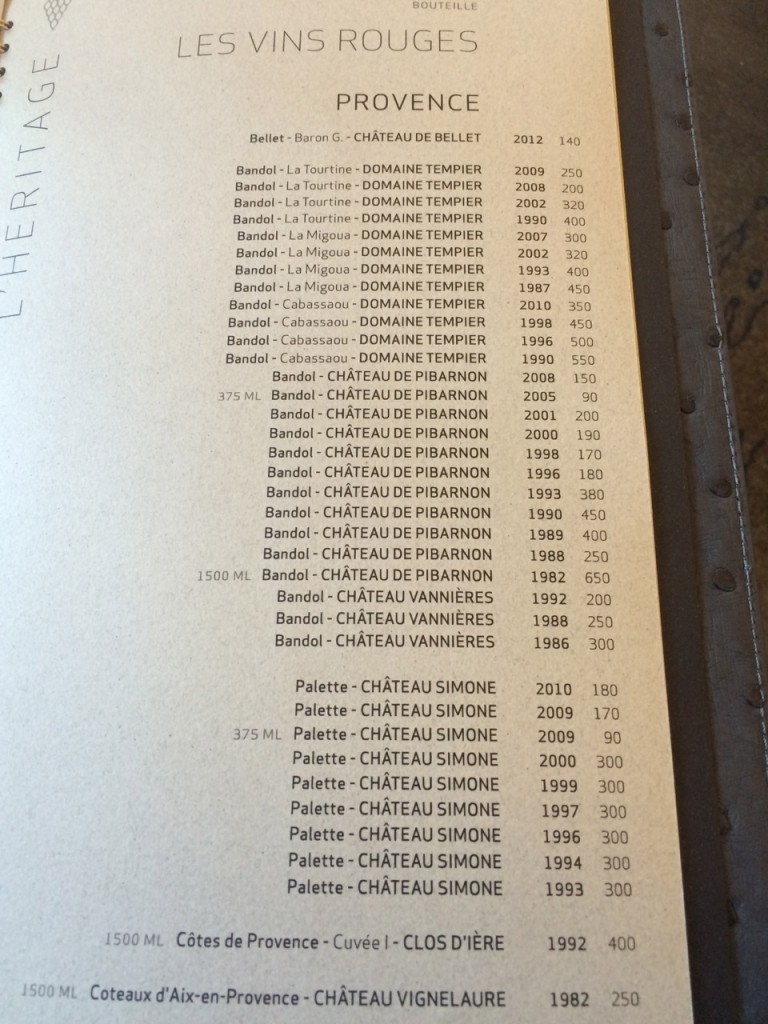
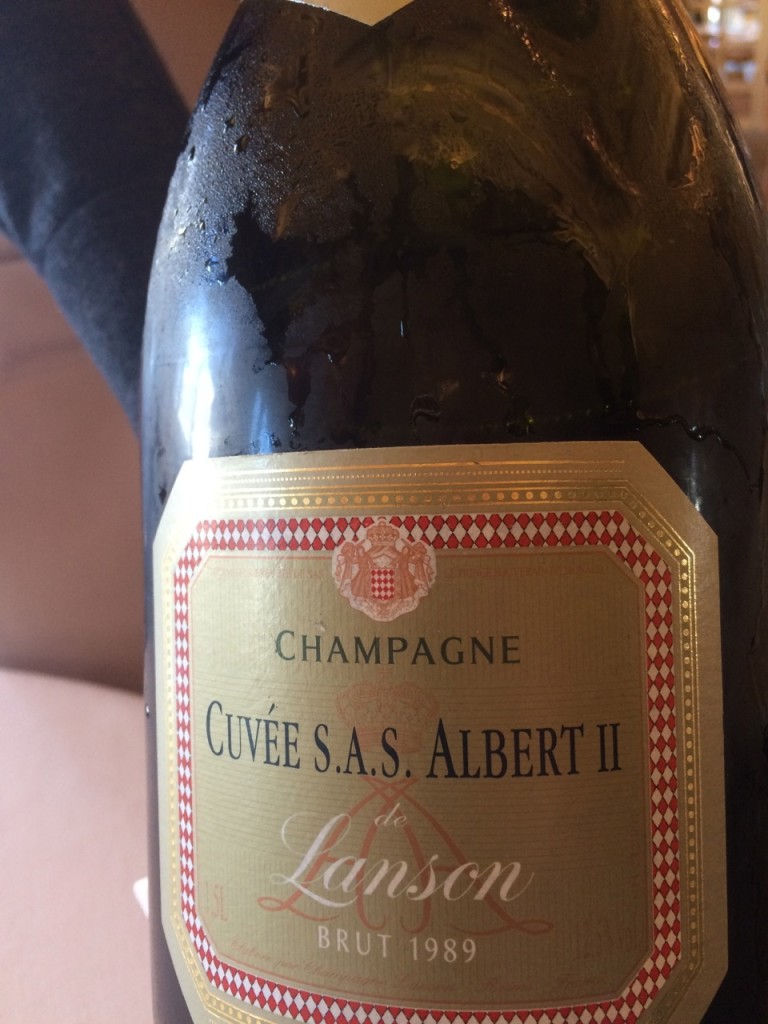
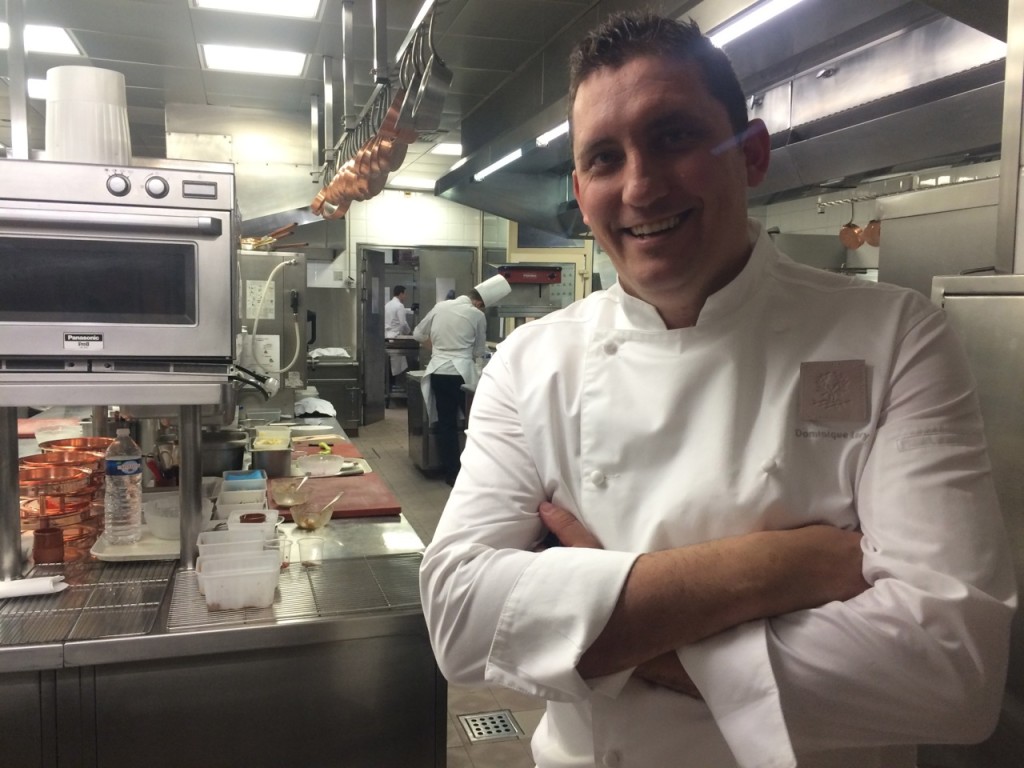
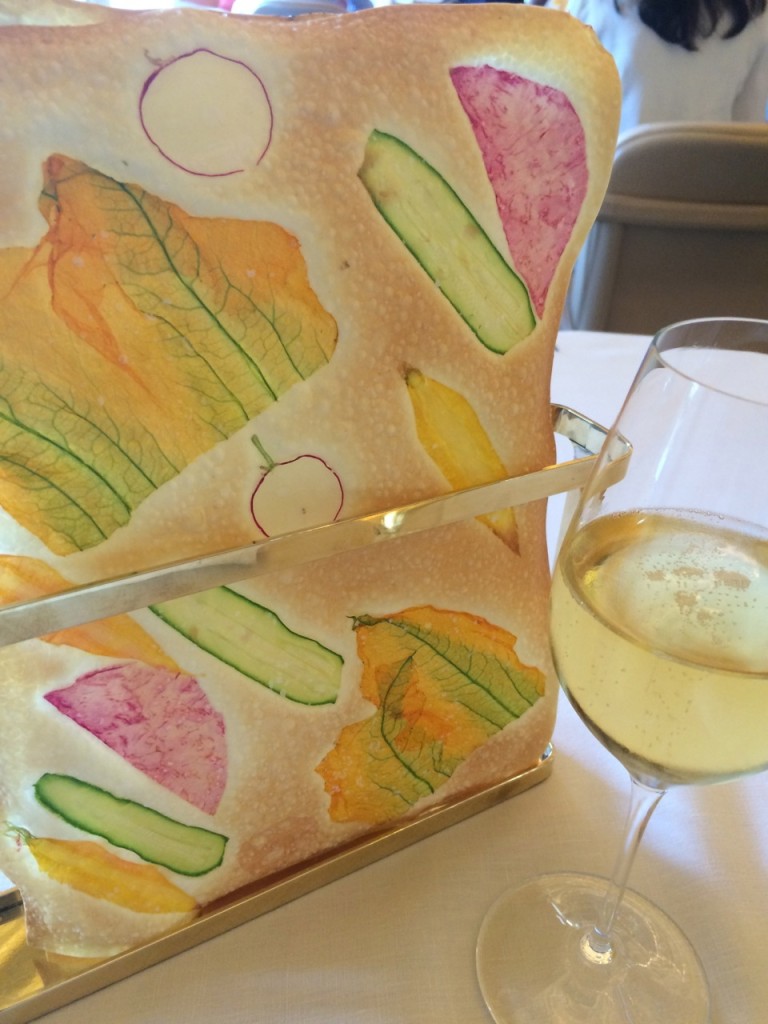
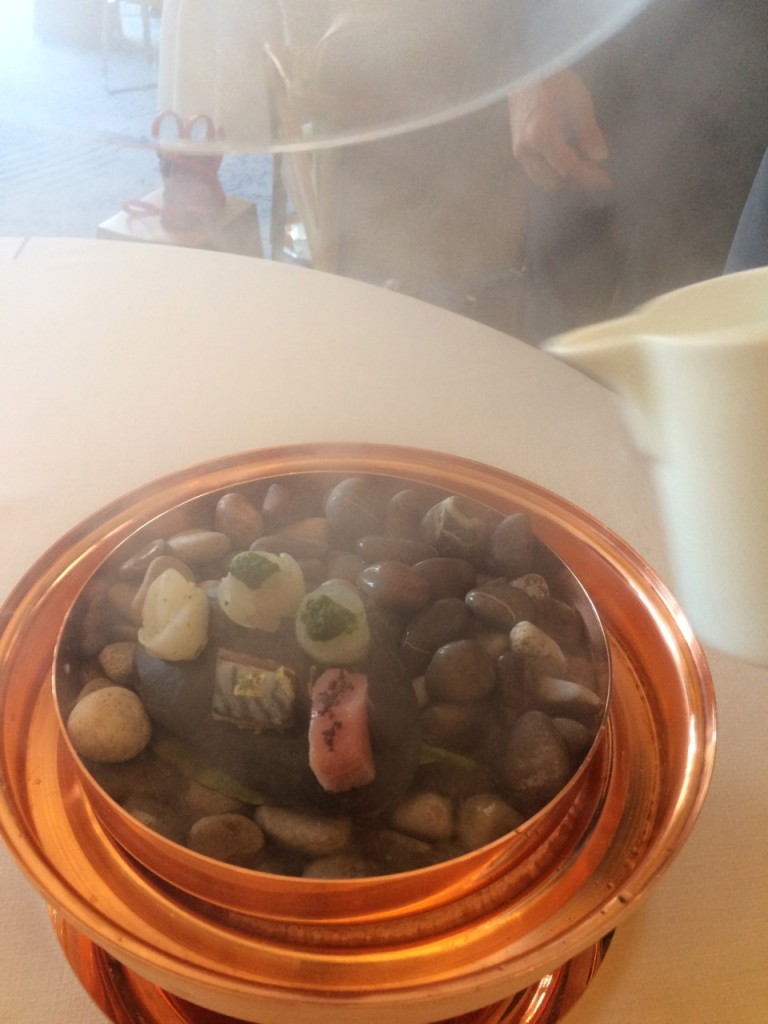
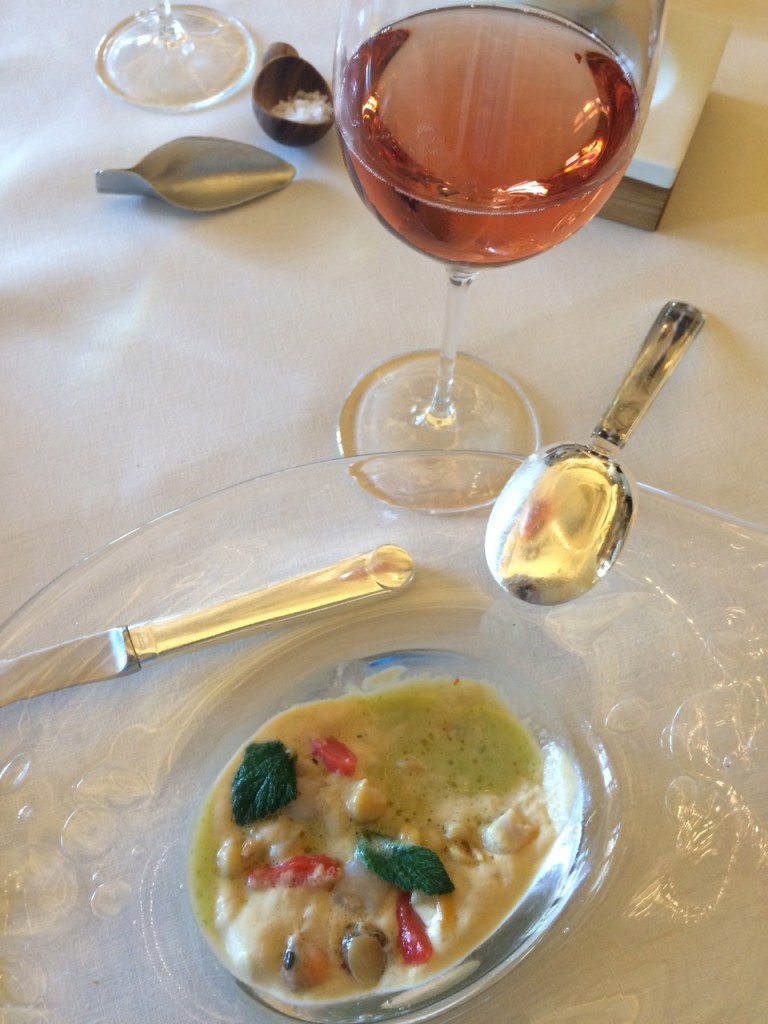

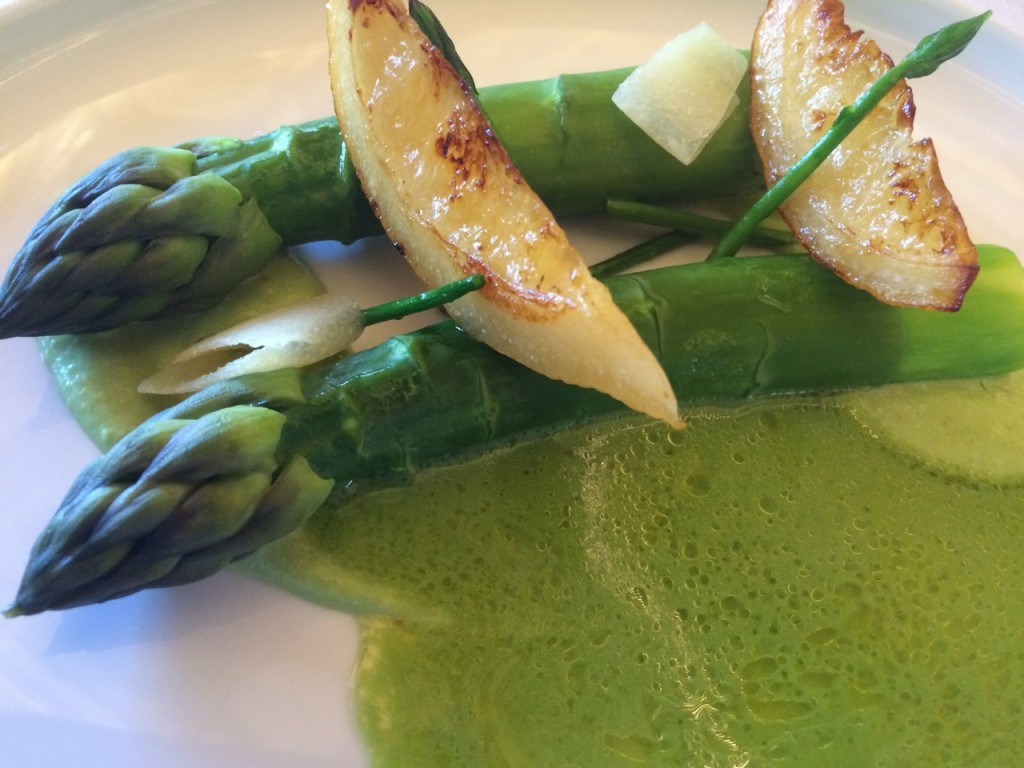
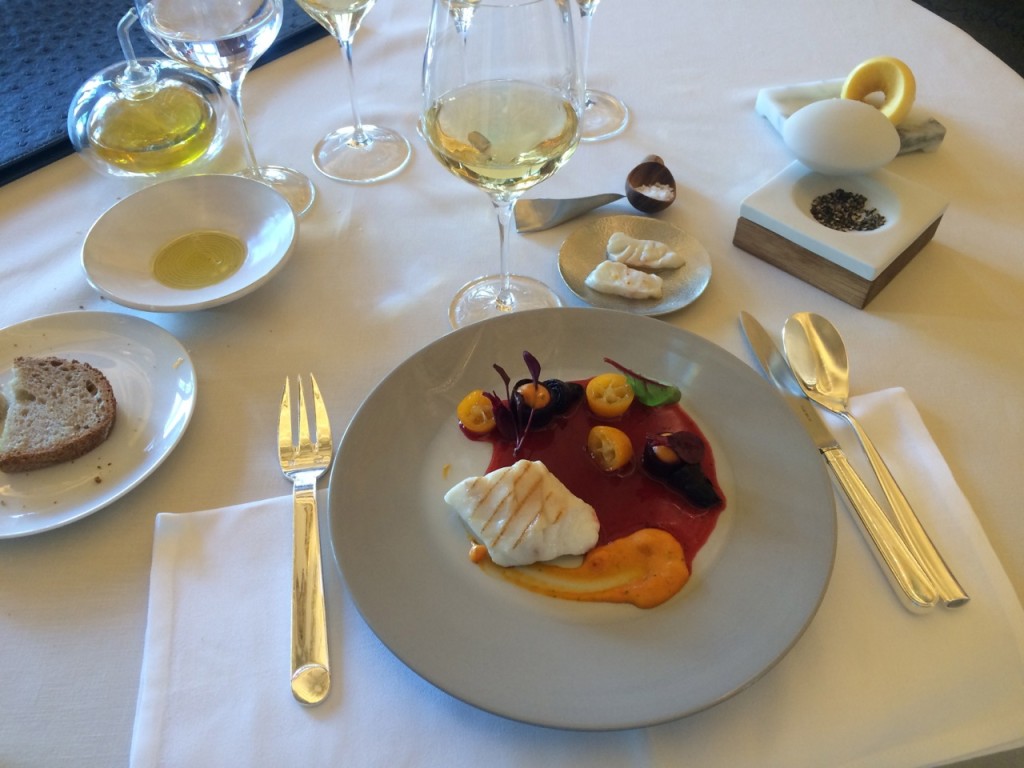
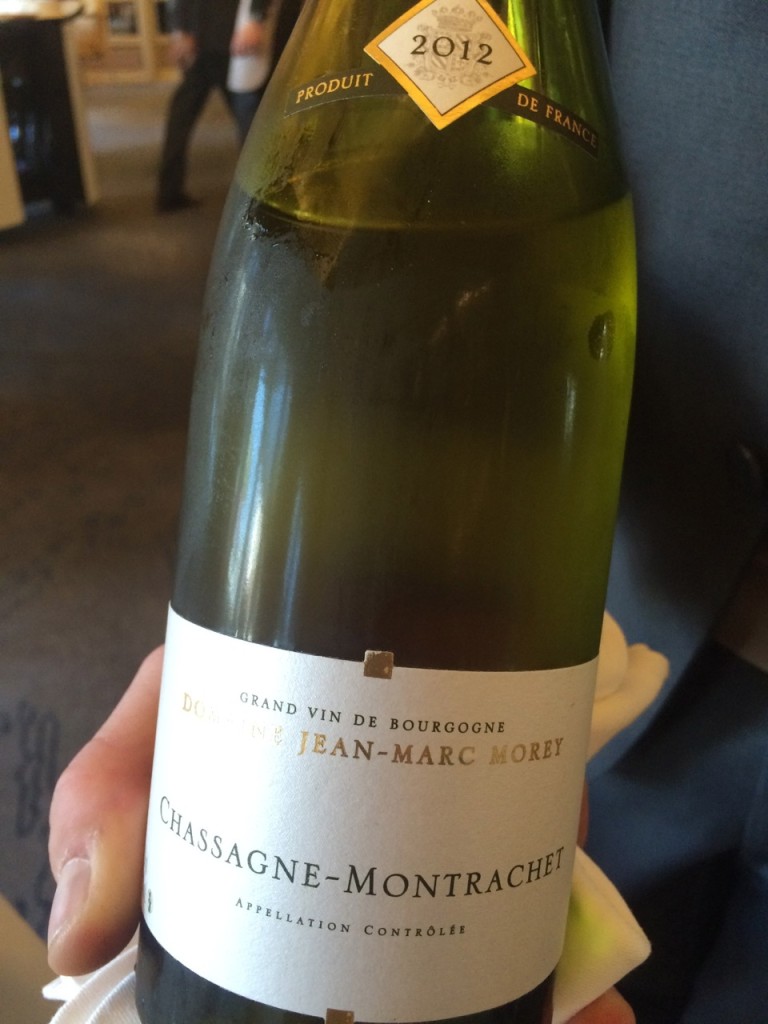
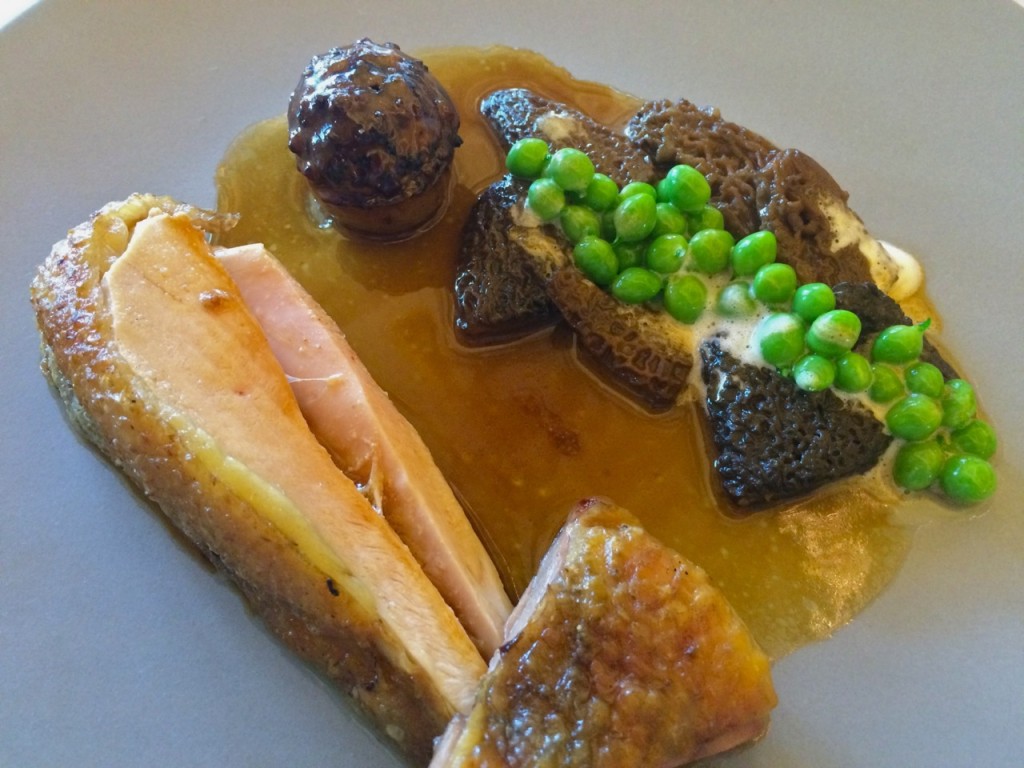
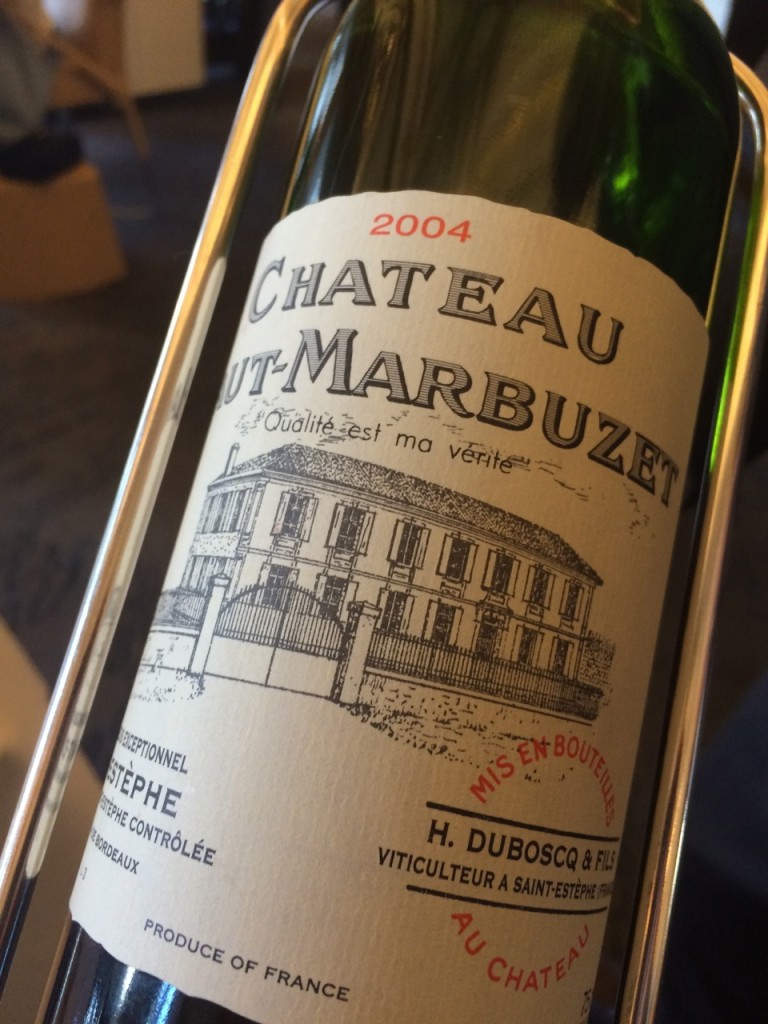
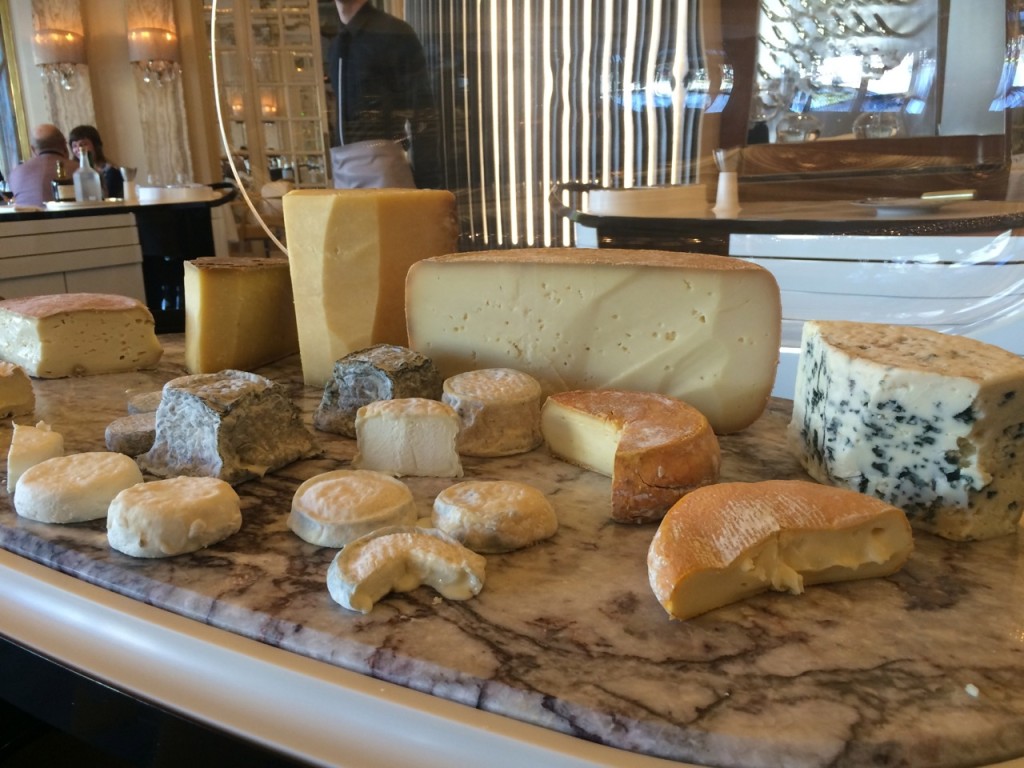
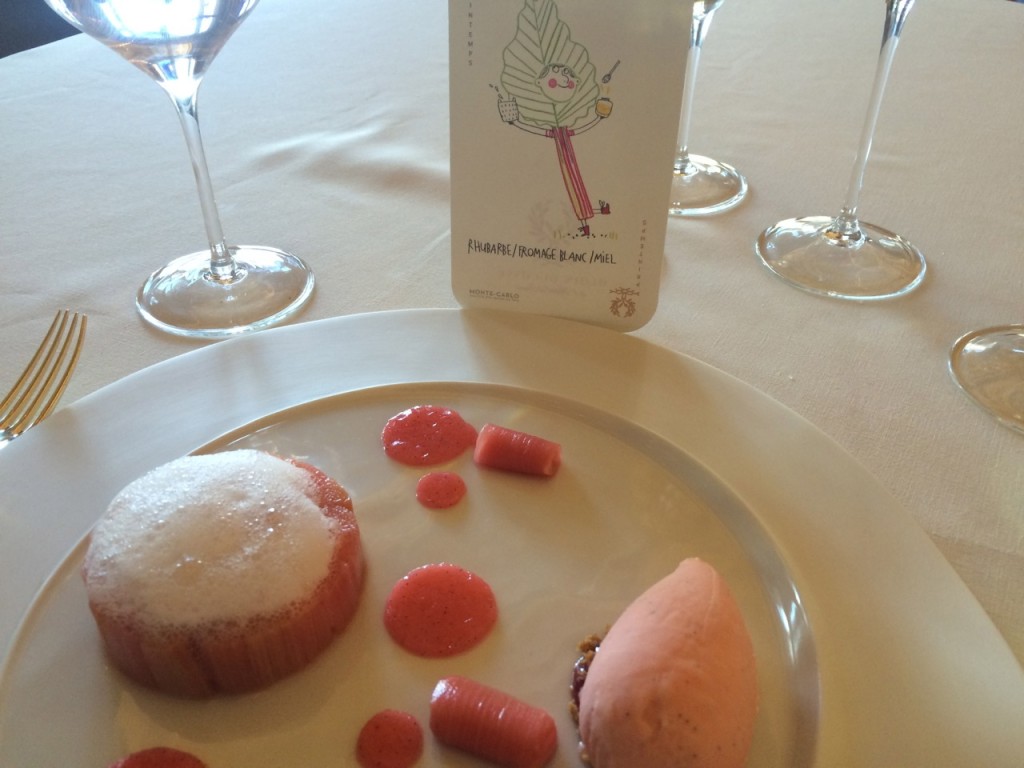
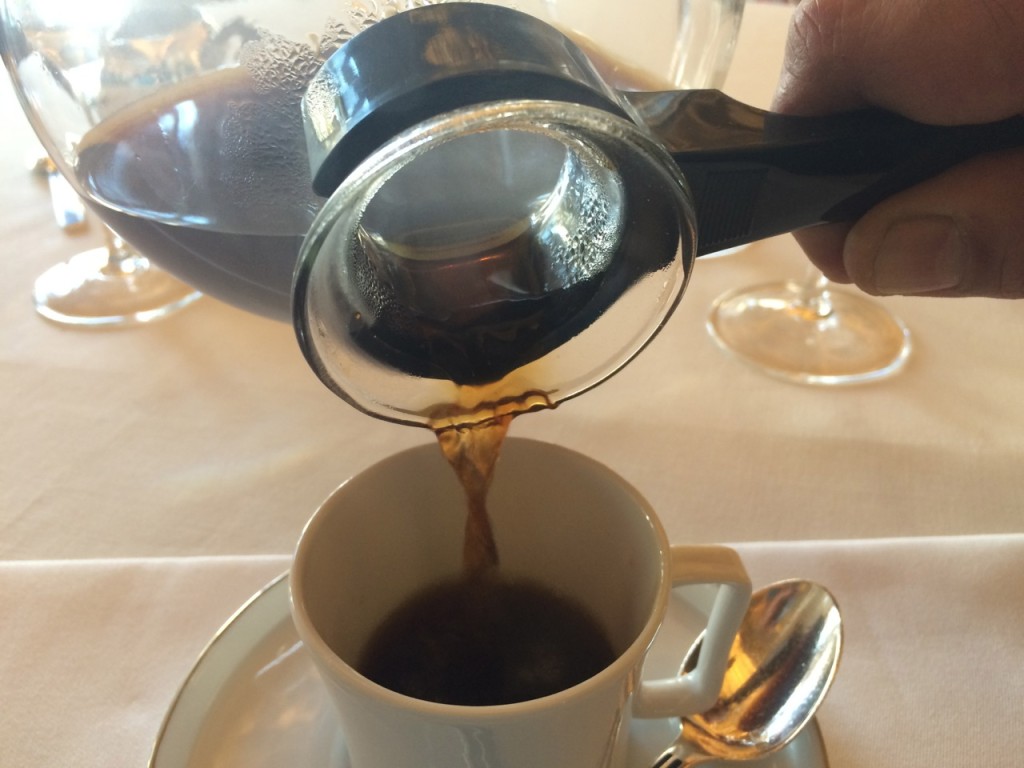

Great article. Loved every line…. on my bucket list for sure!!!!!
( I haven’t made it past the Hotel de Paris bar yet!)
Thanks for reading Barb!